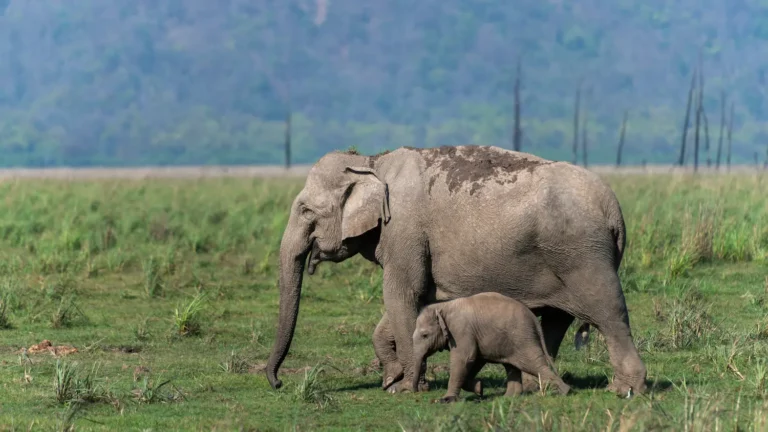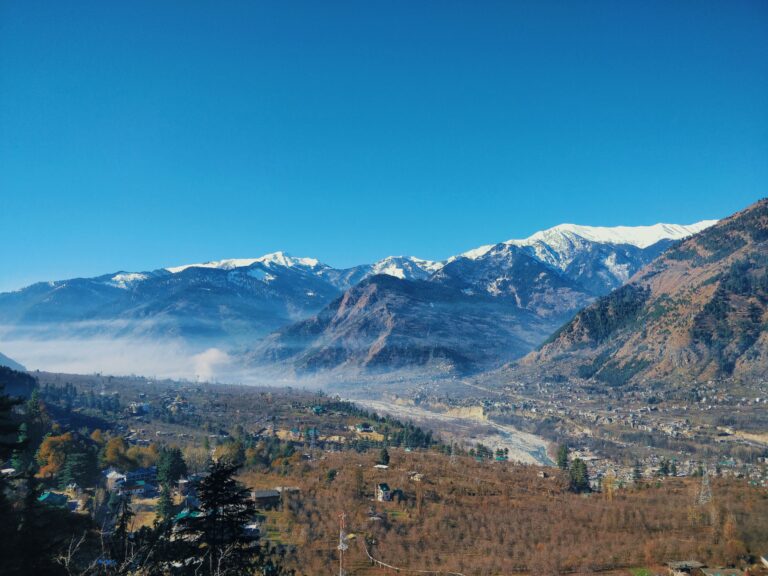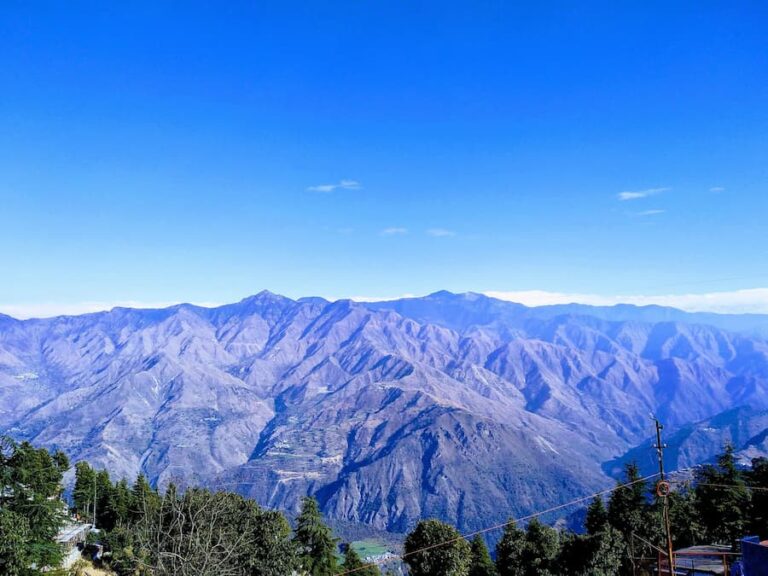Situated in the Himalayan foothills, the stunning Jim Corbett National Park is most famous for being home to the highest density of tigers in any Indian national park. Corbett Wildlife Sanctuary is one of India’s most visited national parks, and for good reason: it’s home to over 480 plant species and 600 bird species (not to mention the many species of mammals and reptiles).
It was named after the famous naturalist and man-eating tiger hunter Jim Corbett, who was based in the Kumaon region. Pauri Garhwal, Almora, and Nainital are all included in the park’s 1,318.54 total square kilometres; however, just 520 square kilometres are considered the park’s official core region. Meanwhile, the unused space acts as a safety net.
Let’s check out some of the most fascinating and thrilling activities and adventures available in Jim Corbett. When visiting James Corbett National Park stay with us at our resort in Ramnagar, and make the best out of your vacation.
Jeep Safari
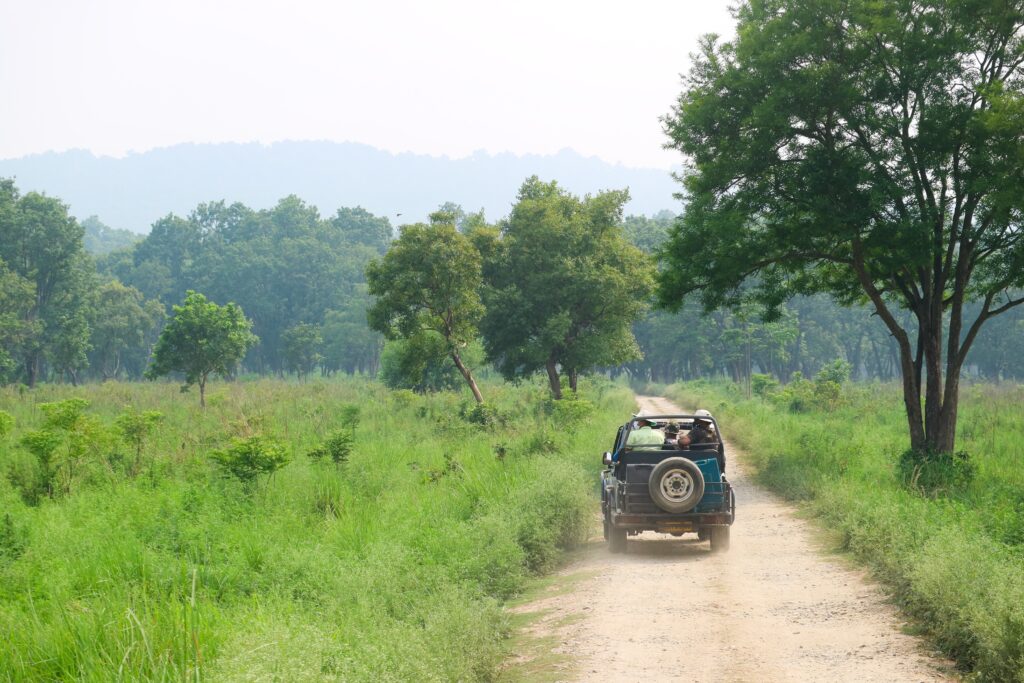
Taking a Jeep Safari around Jim Corbett National Park is the best way to get up and personal with the park’s more exotic and exciting inhabitants. The park spans 520 square kilometres, and its varied landscape includes grassy plains, rolling hills, swampy lowlands, lakes, river belts, and widely dispersed rivers. Here, tigers rule the roost, and tourists may observe them without risk from the comfort of their jeeps.
Those who are interested in photography and would like to get close to the park’s prized creatures should make a Jeep Safari a high priority. Each jeep can only hold a maximum of 6 people, and there is a maximum number of jeeps allowed in a given area at any given time.
Elephant Safari
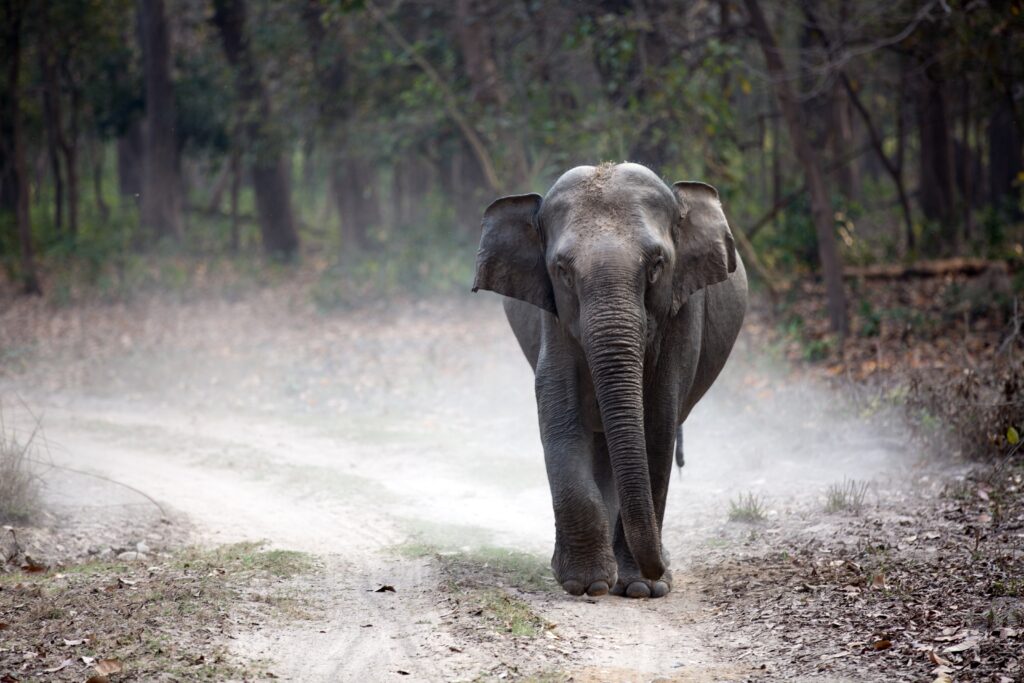
Taking a ride on the back of an elephant accompanied by a knowledgeable mahout is one of the most exciting things to do in the Corbett Tiger Reserve. Since the elephant safari follows a winding route through both open grassland (Chaurs) and dense rainforest, it is the best way to see the forest.
You can go much closer to the creatures in the woods on an elephant safari without worrying about scaring them off. To ensure that visitors get the most out of their safari, groups of no more than four people will ride together on the back of each elephant as they move along a predefined route through the Dhikala and Bijrani areas.
Mountain Biking
If you’re looking for a thrilling new experience, mountain riding in Jim Corbett is an excellent choice. See the beauty of nature all around you as you go on a thrilling journey through the woods. Specialized gearing and braking systems are essential for mountain biking.
You’ll be exploring some stunning landscapes, and the nighttime campouts will only add to the fun.
Camping
The greatest way to experience living in a wildlife-rich and pollution-free environment is to spend your holiday camping in Corbett National Park. In addition to the stunning landscape, a camping trip to the park will allow you to observe some incredible birds and other wild animals.
Due to the park’s sensitive environment, visitors are expected to follow all rules and regulations. Don’t come during the monsoons, unless you like being soaked. You should always pay attention to the instructor before trying any kind of dangerous activity. Don’t make noise or play music too loudly, and don’t litter anywhere in the park, including your campsite.
River Crossing
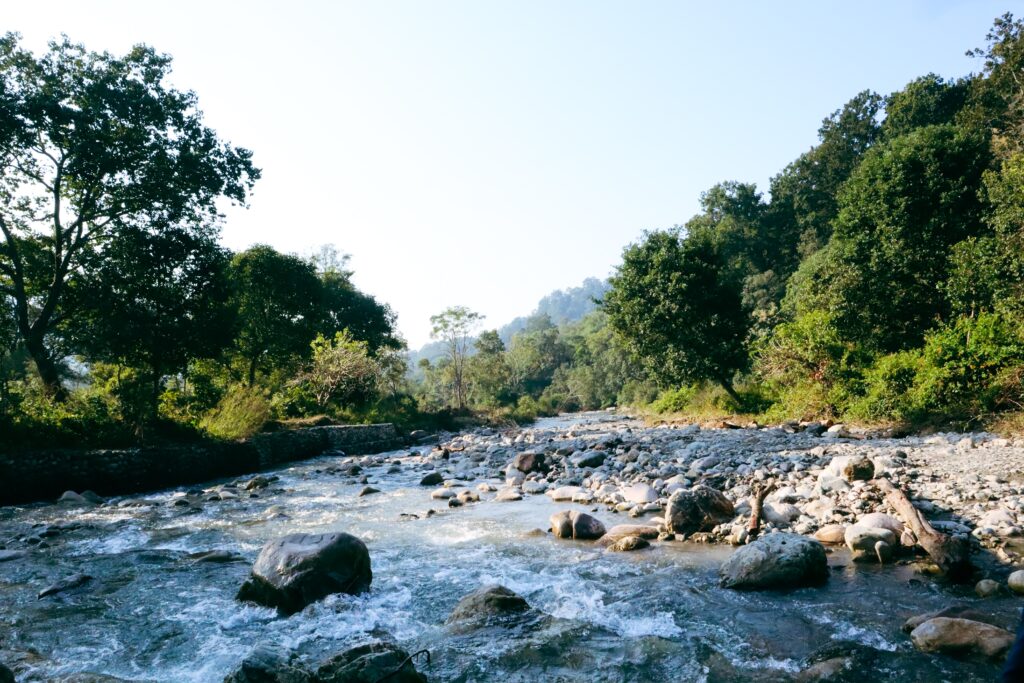
There is nothing quite like River Crossing to stir emotions and stimulate the mind. Because of the group effort required to successfully reach the river and return everyone to safety, this activity is excellent for fostering camaraderie among members. Across the river, a cable connects the two shores. Individuals wishing to traverse do so by straddling two cables, one while standing on the other. A slider or cable and a sturdy harness work together to keep everyone safe.
You get to choose the best spot, and you can even over a tiny river if you want to make the trip more fun and safe. Individuals with the ability to swim should give swimming a try. You can choose to ford any one of these rivers—the Ramganga, the Corbett, or the Kosi—or all three. One can also cross the river by tying two ends of a rope together to form a makeshift bridge, and then using this bridge to cross the water.
River Rafting
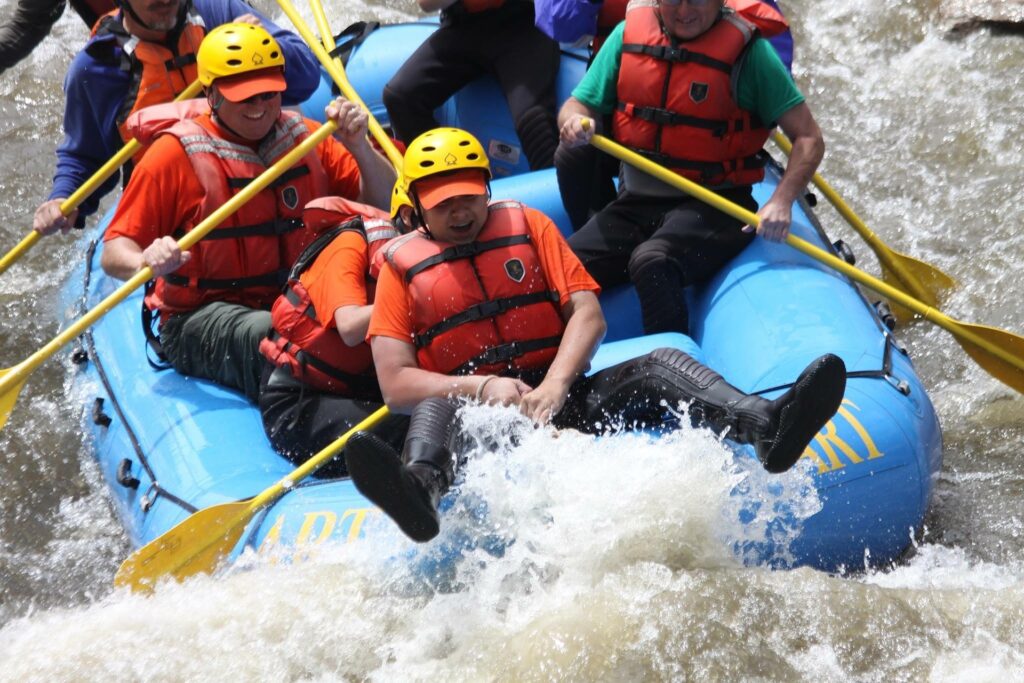
One of the most magnificent ways to experience the rapids of the Kosi River, which range in difficulty from Class II to Class III, is by rafting down the river in Corbett National Park. No prior knowledge or skill level is required for this exercise. The “monsoon season,” spanning June to September, is prime time for this activity.
Everyone is welcome to join in on the fun of river rafting, regardless of age or experience level. As the river curves through the trees and up the hills, you can enjoy a once-in-a-lifetime chance while also taking in stunning views of nature.
Trekking
Hiking at Jim Corbett National Park is a great opportunity for nature lovers because of the park’s abundance of flora and fauna, beautiful landscapes, and relaxed vibe. James Corbett National Park offers a beautiful setting for a variety of outdoor activities, including hiking and camping. The park is bordered by a river on one side and a towering mountain on the other.
Located between about 400 and 2,000 metres above sea level, the area is home to numerous unexplored natural beauties. There are varying degrees of difficulty so you may pick one that is suitable for your level of fitness and strength. You might enquire with a company that provides camping services in your area to see if they have any packages that involve hiking if you’re interested.
Rock Climbing and Rappelling
Sportive rock climbing entails utilising one’s entire body to scale an angular rock face. Rappelling down from a cliff face requires a lot of upper and lower body strength and rather vertical rocks.
Corbett Park’s rough topography and abundance of erratic, vertical rock formations make it a fantastic spot for rock climbing and rappelling. So, it is a well-liked venue for the activity. Stunning views of the surrounding mountains and plants can be seen from atop a nearby rock.

